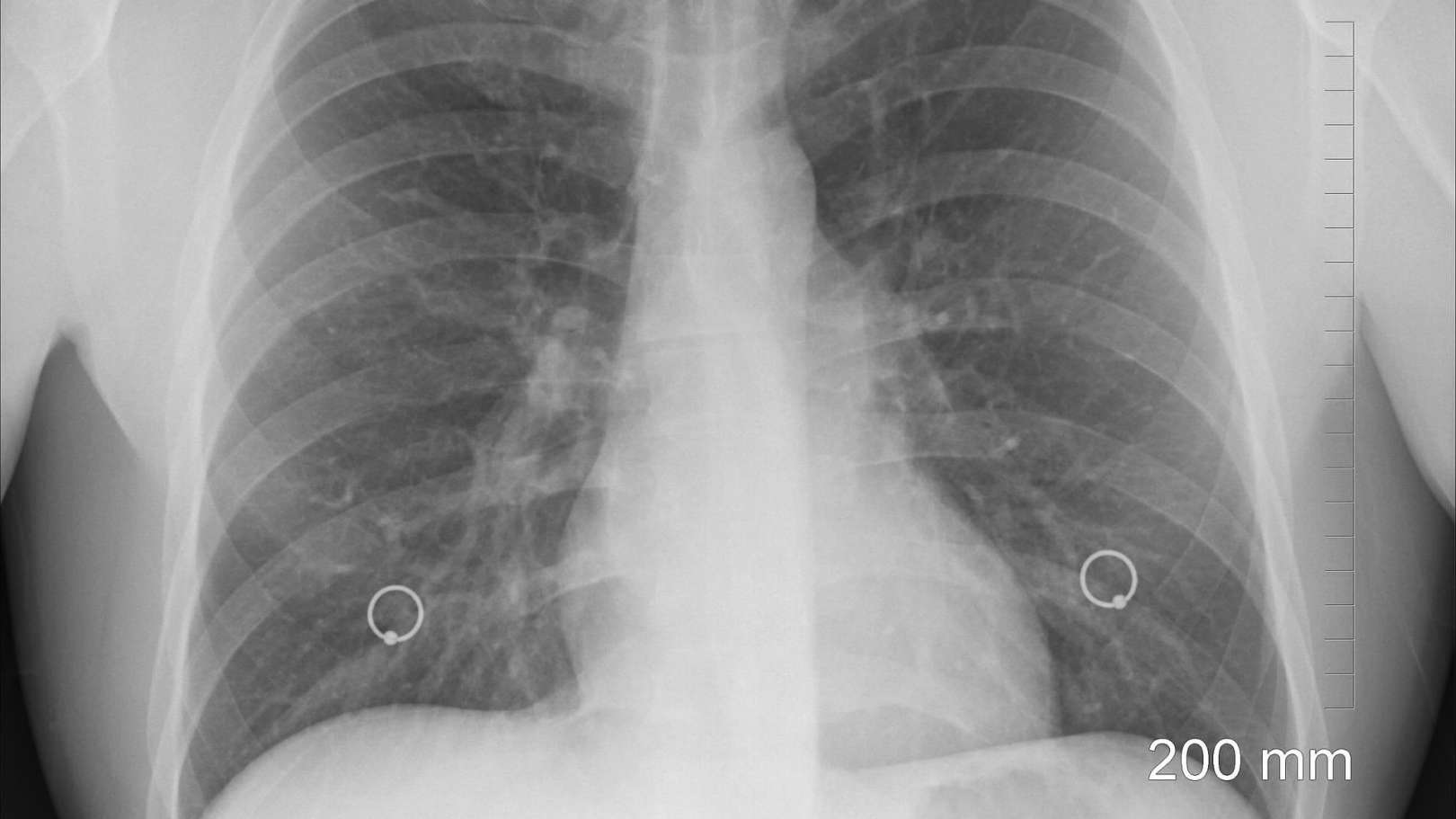About
I’m an Assistant Professor at the University of Trás-os-Montes and Alto Douro (UTAD), Portugal since 1996 and I teach Networks and Security. I graduated in 1993 and started working at STCP, the Public Transport's operator of Porto. I finish my master's thesis in 1998, and obtained my doctorate in 2005, in the area of computer vision related to control of automated guided vehicles. I’m a member of Centre for Biomedical Engineering Research (C-BER), in the research center INESC TEC since 2014. My investigation is in Electrical Engineering, Electronics & Computers, with a particular focus in machine learning and biomedical image processing.


